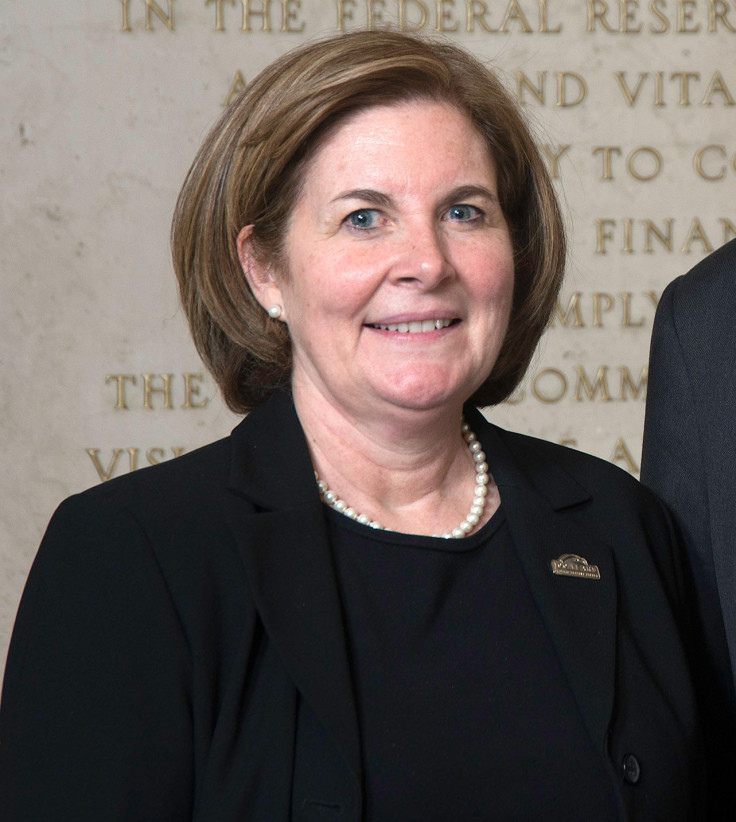Inflation Worries Growing? Fed's George Offers Opinion On Cutting Interest Rates

Kansas City Fed President Esther George said in a speech she doesn’t think the Federal Reserve should lower interest rates further at its meeting at the end of the month despite pressure from the White House.
George, who was among the members of the Federal Open Markets Committee to disagree with the decision to lower the federal funds interest rate at its last two meetings, said Sunday in Denver lowering the rate could slow the economy further.
George said she sees the inflation rate of 1.4%, below with Fed’s target 2%, as benign at this point in the expansion cycle, and a lower federal funds rate, currently set at 1.75% to 2%, as a risk factor, with unemployment already at a 50-year low.
“I do not see a case for deliberately easing policy to boost inflation,” George said, adding she could change her mind if weaker global demand and trade policy puts a further damper on economic growth.
President Trump has been pushing the Fed to lower its federal funds rate to zero or lower as a means of goosing the economy, which is expected to grow at 2.1% this year, down from 2018’s 3% growth rate. It’s also expected to slow further in 2020 and 2021.
The National Association for Business Economics’ October outlook survey indicates the gross domestic product will fall to less than 2% next year for the first time since 2016, projecting a 1.8% growth rate, largely because of trade policy.
George attributes the steadying in prices, in part, to U.S. energy production in recent years, which has gone a long way toward stabilizing markets. She also sees e-commerce as a factor weighing on inflation as major retailers compete for market share. Additionally, abating increases in medical costs have kept inflation in check.
“Persistently muted inflation is the result of a confluence of temporary and structural factors that are not particularly responsive to interest rate adjustments,” George said.
“Should conditions change, however, we find ourselves again at the zero or lower bound, a fundamentally different strategy may be needed.”
© Copyright IBTimes 2024. All rights reserved.






















